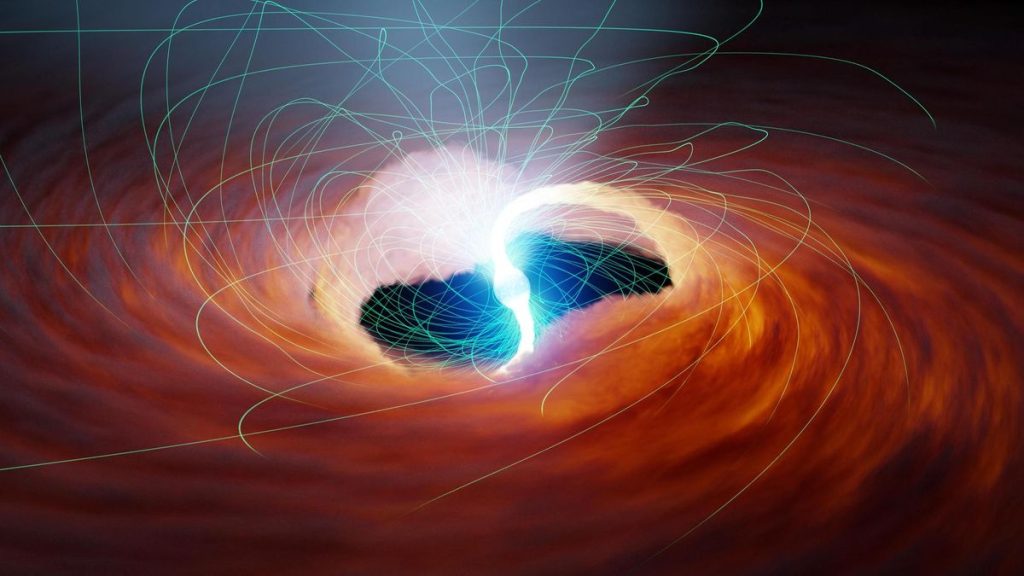Researchers have demonstrated that dead stars can produce powerful flashes of light through the force of gravity itself, and understanding the phenomenon could shed new light on some of the universe’s largest and most mysterious explosions.
Neutron Star Neutron stars are some of the strangest objects in the universe. The collapsed cores of these massive stars are incredibly dense, housing more mass than the entire Sun compressed into the volume of a city. They are made almost entirely of bound neutrons. In essence, neutron stars are the largest atomic nuclei in the universe. Because of this incredible density, their gravity is Black HoleIts gravity is strong enough to pull light itself into orbit around the star and accelerate nearby objects to nearly the speed of light.
Neutron stars, despite their name, aren’t completely neutral: They retain some electric charge, which, combined with the star’s rapid rotation, can generate incredibly huge magnetic fields — the fastest of them spin faster than a kitchen blender — and in some cases, the most powerful magnetic fields in the universe.
The combination of a strong magnetic field and an ultra-strong gravitational environment could lead to strange new physics, the researchers explained in a paper uploaded to a preprint database. arXiv It was published in June but has not yet been peer-reviewed.
One intriguing new possibility the researchers explored is the ability of neutron stars to emit huge amounts of light for short periods of time, the source of which could be a star. gravity Flash takes advantage of a phenomenon called resonance, where a triggering mechanism continually sends energy into a system at the right frequency, amplifying it. Resonance shows up everywhere in physics; perhaps the best-known example is a guitar string. When you pluck the string, it resonates with the body of the guitar, dramatically amplifying the sound of the string itself.
Related: Physicists hope to use gravitational waves to ‘see’ the beginning of time
In the case of neutron stars, it is strong magnetic field Neutron stars produce vast numbers of photons (the fundamental particles of light) around them, which typically scatter and dissipate, adding to the star’s overall brightness.
However, a rapidly rotating neutron star Gravitational waveswhich are ripples in space-time. Astronomers have already detected gravitational waves from the collision of a black hole and a neutron star, but these waves generated by the rotation will be at a much higher frequency. Though they are too weak to detect from Earth, they could transfer energy from the neutron star to the region where the magnetic field is generating the photons, causing a resonance if the conditions are right.
If the wave frequency is right, it can amplify a photon, which then travels down a series of complex paths to generate even more photons directly from the gravitational field, a process that grows and grows until it collapses, emitting a burst of radiation.
The researchers say the following strange celestial explosions Gamma-ray burst and Fast Radio Burstmay be driven by this gravity-light resonance, which hinges on the ability of gravity to couple directly to light to produce photons, which is extremely rare but not impossible.
The researchers used the flashes of known neutron stars to put limits on the relationship between gravity and light, demonstrating how these powerful explosions act as natural laboratories for testing some of the universe’s most unexpected interactions.


